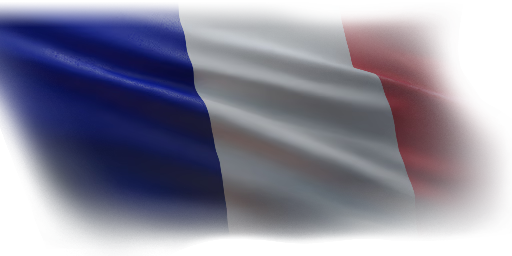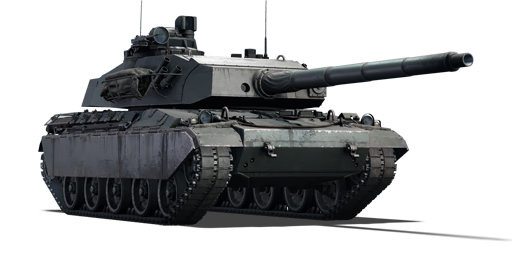The AMX-32 P2 is the second prototype subvariant of the AMX-32, which is the third variant of the AMX-30 main battle tank family. Similar to the AMX-32 P1, it was co-developed in the late 1970s during the Cold War by Ateliers de Construction d'Issy-les-Moulineaux and Atelier de Construction de Puteaux as an export tank to fulfil a particular market niche of nations with limited defence resources. This is the second subvariant, and it is distinguished by its 120 mm GIAT CN120-25 G1 tank gun, as opposed to the 105 mm CN-105-F1 tank gun on the first subvariant AMX-32 P1. In addition, the design of the hull front was changed to enhance ballistic protection. The combat weight of the AMX-32 P2 was increased to 40 tonnes as a result of the preceding modifications.
Introduced in Update 1.97 "Viking Fury", the AMX-32 P2 has substantial advantages over its predecessor, the AMX-30 P1. It has an improved primary armament as well as a better gun mantlet, which gives it more protection and capabilities on the battlefield. In general, the AMX-32 P2 outperforms all previous variants of the AMX-30 main combat tank. It is effective in ambushes and as a long-range sniper. Due to an increase in calibre for the main tank gun, the AMX-32 P2 possesses much more firepower than the AMX-32 P1. The AMX-32 P2 has outstanding ammunition for its rank, and as long as players understand the enemy's weak spots and armour arrangement, it is capable of destroying any tank in a frontal attack.















